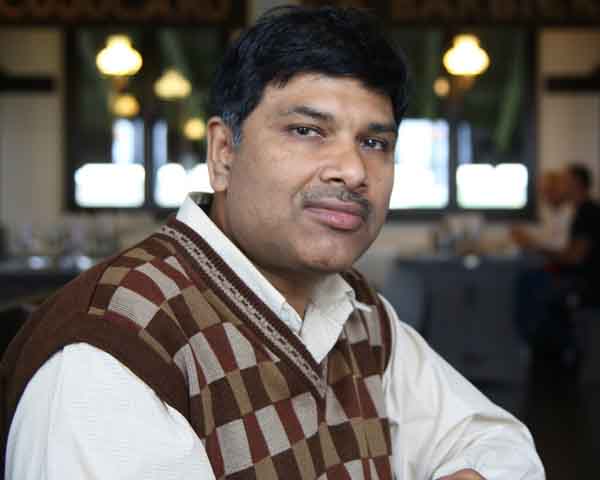Casimir Effect: Revisit Time travel in Space !
The Casimer Effect is a physical force arising from a quantized field, for example between two uncharged plates. This can produce a locally mass-negative Overview. The Casimir effect can be understood by the idea that the presence of conducting metals and dielectrics alters the vacuum expectation value of the energy of Faster-than-light (also superluminal or FTL) communication and travel refer to the propagation of information or matter faster than the speed of light. Discusses various aspects of time travel including paradoxes and the existence of causality. The ability to control time in both a forward and backwards direction is possible within the laws of our mathematics and physics.
Date and Time
Location
Hosts
Registration
-
 Add Event to Calendar
Add Event to Calendar
- Contact Event Host
-
Ajay Kumar Poddar, Phone: (201)560-3806) (Email: akpoddar@synergymwave.com)
- Co-sponsored by MTT/AP-S & ED/CAS
Speakers
 Prof. Dr. Ing. habil Ajay K. Poddar of Oradea University, Romania
Prof. Dr. Ing. habil Ajay K. Poddar of Oradea University, Romania
Casimir Effect: Revisit Time travel in Space !
The theory of a black hole providing a mode of time travel has long been suggested. Black holes have the ability to bend the space and time surrounding them to the point of breaking, creating a small rip. In 1935 Nathan Rosen and Albert Einstein theorized that this small rip could connect to a rip in another black hole, creating a bridge; the Einstein-Rosen bridge, that would provide a passage through which a time traveler could be transported into another dimension. However, there are disparages with the bridge. Too small for even an atom to fit through, these “wormholes” are unusable for a time traveler, and close so quickly even light would not have the ability to pass through to the other side. In the 1980s, Kip Thorne elaborated on the Einstein-Rosen bridge and theorized a way to use anti-gravity to hold the portal open long enough for a person to pass through. Anti-gravity, pushing apart the space around the wormhole, would be channeled in large amounts to hold the portal open. To supply these large reserves of anti-gravity energy, Thorne hypothesized the Casimir effect; that two metal plates in close proximity could eventually generate enough negative energy to hold open the portal. Lastly, to create a true time portal, Thorne theorized a way to desynchronize the two black holes so that time would run differently in each. By containing one of the holes in negative energy and somehow transporting it around the universe at the speed of light, the two holes would desynchronize, with one black hole existing in a different era than the other, but in the same location. True time travel would thus be achieved. Although one of the first extensive approaches toward time travel put forth, this elaborate theory has been doubted by some physicists, which will be discussed in details.
Biography:
Dr. Ajay K. Poddar graduated from IIT Delhi, and did Doctorate (Dr.-Ing.) from Technical University Berlin, Germany, Post Doctorate (Dr.-Ing. habil) from Brandenburg Institute of Technology, Cottbus, Germany.
Dr. Poddar is a professor at Oradea University, Romania.
Dr. Poddar received several awards for his scientific achievements, holds several dozen patents and published over 300 scientific papers in international conferences, and professional journals, contributed as an author/coauthor of 6-technical books.
Dr. Poddar is serving as Academic advisory board member of Don Bosco Institute of Engineering, Bombay, India; Fellow member of IEEE professional society.
Email:
Address:University of Oradea, , Oradea, Romania
Prof. Dr. Ing. habil Ajay K. Poddar of Oradea University, Romania
Casimir Effect: Revisit Time travel in Space !
Biography:
Email:
Address:Oradea, Romania
Agenda
4:00PM-6:00PM: Talk You don't have to be IEEE member to attend the talk. Free refrehment and dinner for attendess
